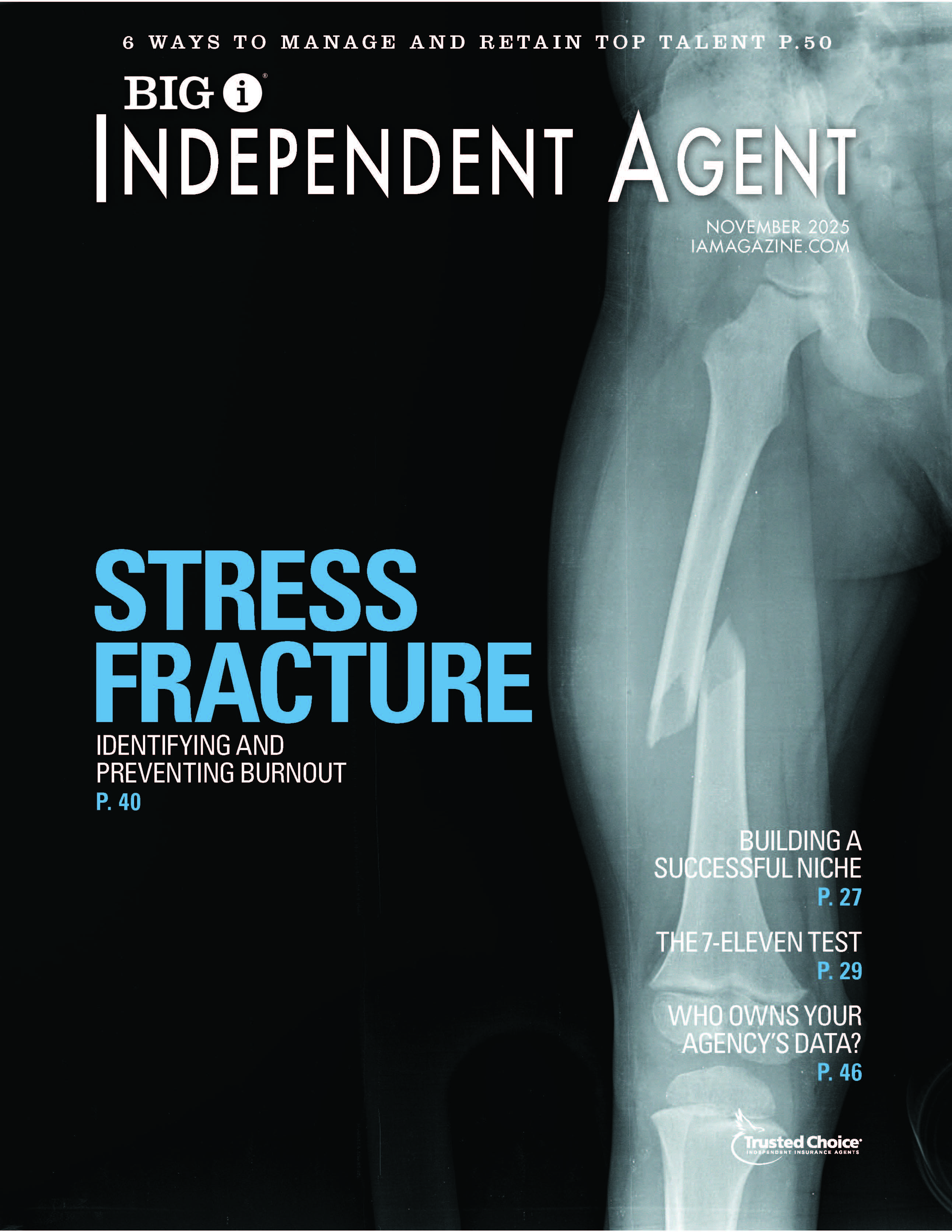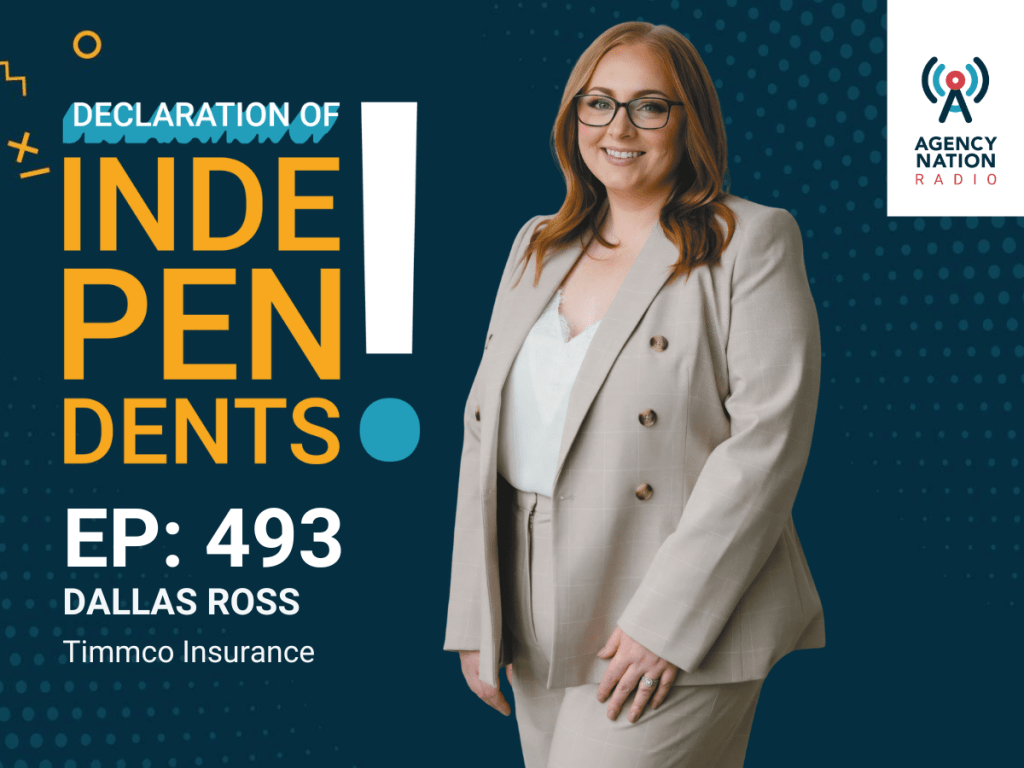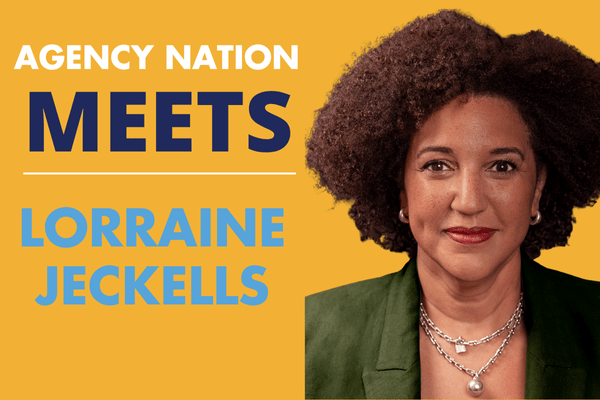The Seller’s Dilemma: It’s Not What You Think

By: Colleen Francis
You’ve seen—or even struggled with—this sales problem before: To close more deals today, you have to keep your head down and focus on the pipeline. But to close more deals in the future, you have to keep your head up and spot new opportunities.
So which is right—head up or head down? That’s what is commonly thought of as the seller’s dilemma.
But it’s a false choice. To choose either one completely at the expense of the other would hurt your business.
If all you do is chase short-term deals and low-hanging fruit, you run the risk of filling your pipeline with too many unprofitable deals at heavy discounts.
On the flipside, if all you do is chase the big deals that take a long time to close, you’ll go hungry too long and starve revenue-wise.
To strike the right balance in your business, stick to the following simple, repeatable formula:
Define your distances. You need to know exactly how far you’re prepared to extend yourself in your pursuit of lucrative longer-term deals. What potential value does each one have? How long will those deals really take to close? You need precise answers to those questions, not guesses.
Two pipelines, one kind of math. Build two pipelines for your business: one that manages your current, qualified opportunities to close, and another one for turning cold leads into qualified opportunities.
My pipeline research shows that if it takes 100 days to convert a qualified lead to a sale, it will take you 100 days to build a pipeline big enough to hit your target. So your key metric of the number of days you need to be working from cold lead to close must always be two times the number of days into the future that it takes you to close a qualified opportunity.
Define the gap and close it. We’ve run the numbers and found it takes 35% more time to convert an opportunity to a close than to convert a lead to an opportunity.
That means you’d need to spend 35% more of your time converting your sales pipeline than on generating opportunities. That also means in a seven-hour day, you’d spend four hours converting qualifieds to close and three additional hours managing opportunity generation, including follow-up calls, social media, networking, relationship building and value creation.
Take into account the outlier factor. It’s important to check in regularly on your conversion ratios. Sometimes that is where you’ll uncover outliers.
For instance, if your marketing department is working more efficiently than the industry average, you might be dealing an overabundance of highly qualified leads—and therefore able to reduce lead generation time. Or, you could be operating in a mature marketplace in which you own a dominant position. In that case, you might have to increase your lead generation time.
Adopting a balanced approach with a disciplined habit of looking at your numbers is how you avoid the rollercoaster and keep your business on a smooth, steady upward climb to more sales and greater profitability.
Colleen Francis, sales expert, is founder & president of Engage Selling Solutions. Armed with skills developed from years of experience, she helps clients realize immediate results, achieve lasting success and permanently raise their bottom line.










